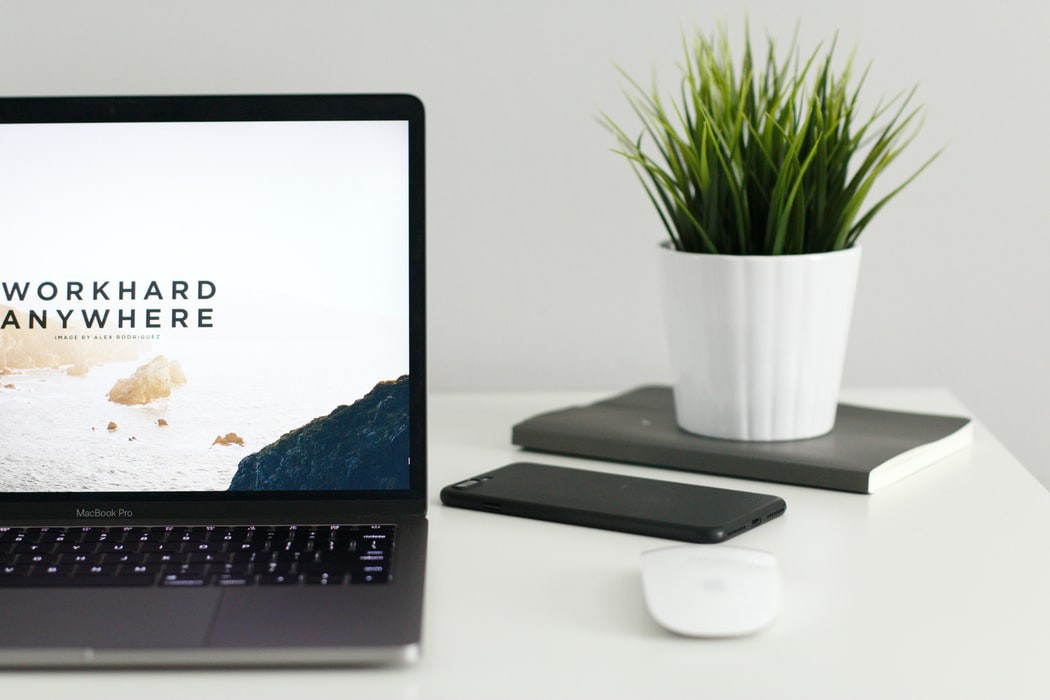Our society is heavily absorbed in everything online. It used to be that face-to-face was the best way to sell yourself. Honestly, it still is, but it is increasingly harder to find a way to get that in-person opportunity.
Having an online presence is essential these days, but it’s not very professional to add a Facebook or Instagram profile to your resume.
Instead of using this as an excuse, use it as an opportunity to create something better. The best way to showcase yourself online is by creating your personal website.
When done right, this site can help you stand out and land a job, get into a college, or create a strong professional network.
If building your own website sounds daunting — don’t fret. Just follow this step-by-step playbook, and you’ll have a professional website before you know it
Step 1: Brainstorm
Before you get started on the actual creation process of your website, it’s best to get a good idea of what you want out of your website.
Take some time to brainstorm on different aspects before you actually sit down at the computer. Then you will have a better idea of how to create your website.
Your Brand
The best way to approach your website is the same way a startup company approaches theirs. They want to create a brand that people will recognize at any time. Your website should be uniquely yours.
You create a brand by crafting a voice or personality to adhere to. When you keep your website consistent with the same tone, your site will represent your true self.
A brand will also have a consistent color theme through the website and layout style. You can take these elements and use them in business cards to take your brand offline as well.
You can even take things one step further by creating a personal logo. This will help set you apart and make you unforgettable.
Content to Include
To ensure that your website has the right layout, you’ll first need to consider what content you want to include on your site.
It’s always a good idea to have a professional headshot among the first pieces of content.
It shouldn’t be so big that it gives the impression that you think too highly of yourself. But it should be big enough so that someone can easily see your face and recognize you in a crowd.
Depending on your profession, a portfolio of your work could be a beneficial part of your site.
Your contact info, or a simple contact form, should be easy to locate on your website. The point of this site is to create connections, after all.
One question not to overlook is — how will you keep the website fresh?
For your site to remain visible on the Internet, you need to continue to add new content. We’ll go further in-depth on this for step six.
Step 2: Choose Your Host
There are many choices of hosts for your website.
The best way to decide which you will use is to compare them based on the answer to a few questions:
- Can you choose your domain name?
- How helpful are the templates?
- How customizable is the website?
- How much does it cost?
- Do they have widgets and plugins?
Step 3: Create Your Site
Now it’s time to put those ideas into reality.
Secure Your Site
To make your website secure and help others feel safe by visiting it, you need to change the site from HTTP to HTTPS. To do that, you need to secure it with an SSL certificate (secure socket layer). You can get this done free here.
You will also want to buy your domain name, preferably your name or variation of that. If your name is pretty generic, you may need to get creative or just add your middle name or initial.
Create Your Page(s)
The first decision you will need to make when creating your website is if you want just one page or a multipage site. It’s all about what would make it easier to navigate.
If you have a large amount of content to add, you would probably benefit from a multipage site. If you want it short and simple, keep it one page.
Pages to include are the About Me, pictures of you and your accomplishments, your portfolio, your resume, and a Contact Me or Hire Me section.
Some people also include a blog as part of their website. It makes a convenient place to add your fresh content, which again, we will touch more on in step 6.
It also allows a place to add more of your voice and content that could result in excellent networking opportunities.
Customize the Theme
On most hosting platforms, they offer premade templates for your website. It’s a good idea to use a template because it saves a lot of time, but make it unique in some way.
Whether you use a custom font or background, you don’t want your site to look very similar to someone else’s.
It is better to keep it simple rather than overdone, so don’t choose a flashy template. Make sure that it’s easy to navigate.
Install Widgets and Plugins
To make your website more functional, add some awesome widgets. One big one would be a widget that allows your visitors to complete an online form.
For a list of more great widget ideas, check out this list.
If you are displaying a video, you will need to install a plugin for that.
Connect to Social Platforms
To showcase your entire online presence from your website, it is a good idea to add buttons to connect to your social media accounts. Of course, you will want to connect to your professional accounts only, not your personal accounts.
Step 4: Get Feedback
Once you’ve finished your website, share it with friends, family members, and a mentor if you have one and get their opinion on it. Really listen to their suggestions.
Take their ideas to heart and make any changes you think would be beneficial based on their feedback.
Step 5: Get Your Website Out There
Now that you’ve completed your website, it’s time to present it to the world. How do you get the word out and increase your page views?
There are several ways.
First, you can add the URL to your social media bios. You can also add the URL to your resume and your business cards.
To increase the SEO of your website, you should have keywords included in the copy of your website. These keywords include your name, location, and industry-specific words.
You can also increase your ranking by doing guest blogs and including your URL in the author’s description. You also want to ensure that your website is mobile-friendly.
It can take months for Google to index your website, making it visible, so be patient.
Step 6: Regularly Update
We’ve mentioned the need for fresh content for visibility.
Why is this necessary?
If you don’t regularly update your website, Google will consider it a dead site, and this will affect your page’s visibility.
When all you wanted was to create a simple, to-the-point website, what can you do to keep adding new content to your page?
You can add information about your newest projects, accomplishments, or a new piece to your portfolio. If you can’t share this type of information, this is where a blog would come in handy.
Conclusion
With a personal website, when people Google you, you’ll have something positive there for them to see.
And if you’re wondering, yes. People will Google you to find out what you’re all about. Whether they are potential employers or business clients (or even possible love interests), your website can help seal the deal.
Take the Internet — and your future — by the horns and create a brilliantly constructed personal website. Remember, this will be your most accurate representation of you on the Internet. Take great care in making it a masterpiece.
About the Author
 Ryan Sundling is a Group Marketing Manager at Cardinal Group Management. He has over ten years of experience in the conventional housing industry and works with West 38 on a daily basis to help them with their marketing efforts.
Ryan Sundling is a Group Marketing Manager at Cardinal Group Management. He has over ten years of experience in the conventional housing industry and works with West 38 on a daily basis to help them with their marketing efforts.







